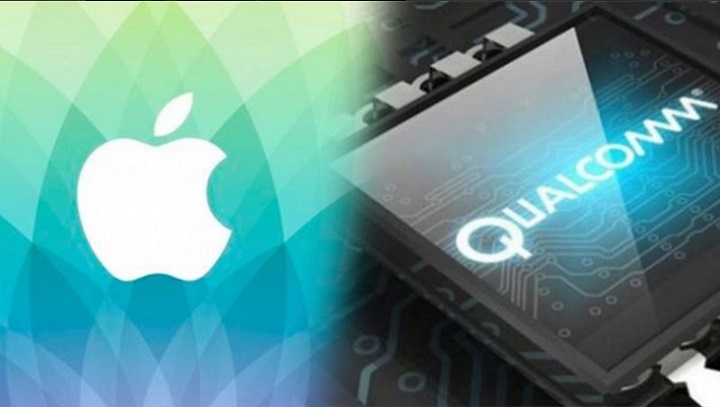On July 19, Qualcomm (NASDAQ:$QCOM) released its fiscal Q3 earnings report, and the mobile chip behemoth’s licensing business took a turn for the worst. Why? Primarily because of the current – and escalating – legal battles with Apple (NASDAQ:$AAPL). It’s unlikely that investors are in a state of denial or shock as Qualcomm had previously warned investors of the expected financial impact, reducing its revenue guidance by $500 million in April. Apple made the decision to withhold all royalties from Qualcomm, which, as one would expect, caught the company off guard. Qualcomm then had to update its outlook the second it realized that Apple would be playing hard to get.
It’s fair to say that the numbers for the Qualcomm’s technology licensing division speak for themselves:
Fiscal Q3 Change (YOY) Sequential Change
| Revenue | $1.2 billion | 42% | 48% |
| Earnings before taxes | $854 million | 51% | 56% |
| EBT margin | 73% | 13 percentage points | 14 percentage points |
It Could Get Worse
One of the reasons why this hit is so painful is because Qualcomm tends to be incredibly profitable, usually bringing in more EBT than the Qualcomm CDMA technologies (QCT) chip businesses, and on a small revenue base, to boot. For instance, in the fiscal Q1 (prior to the Apple dispute), Qualcomm gave $1.5 billion in EBT on $1.8 billion in revenue (85% EBT margin), in comparison to Qualcomm’s $724 million in EBT on $4.1 billion in revenue (18% EBT margin).
It doesn’t stop there however, it gets worse. The high profile lawsuit with Apple has extensive implications for Qualcomm’s fundamental licensing model. This is why other QCOM licensees are watching closely. During the April earnings call, which focused on discussions of the Apple situation, Qualcomm mentioned an additional dispute with another licensee. Keep in mind that this unnamed licensee is not related to Apple or the iPhone.
For the fiscal Q4, Qualcomm’s guidance has no royalty revenue from Apple or the other licensee. In the fiscal fourth quarter, Qualcomm’s revenue is thought to be in the range of $1 billion to 1.3 billion, which is down 31% to 47% year over year.
Featured Image: twitter











